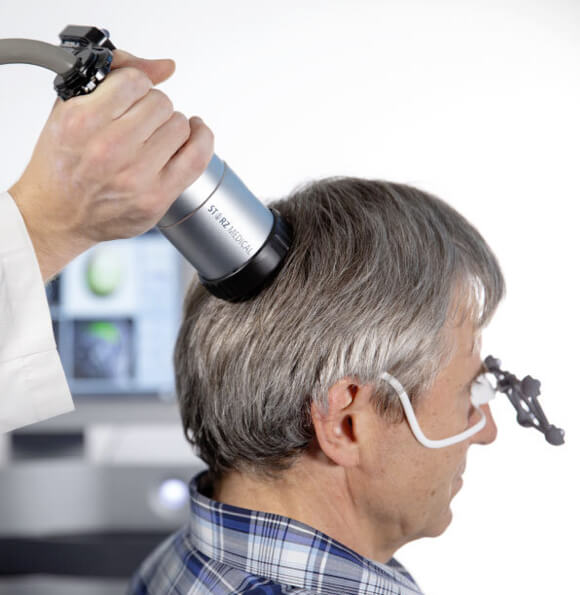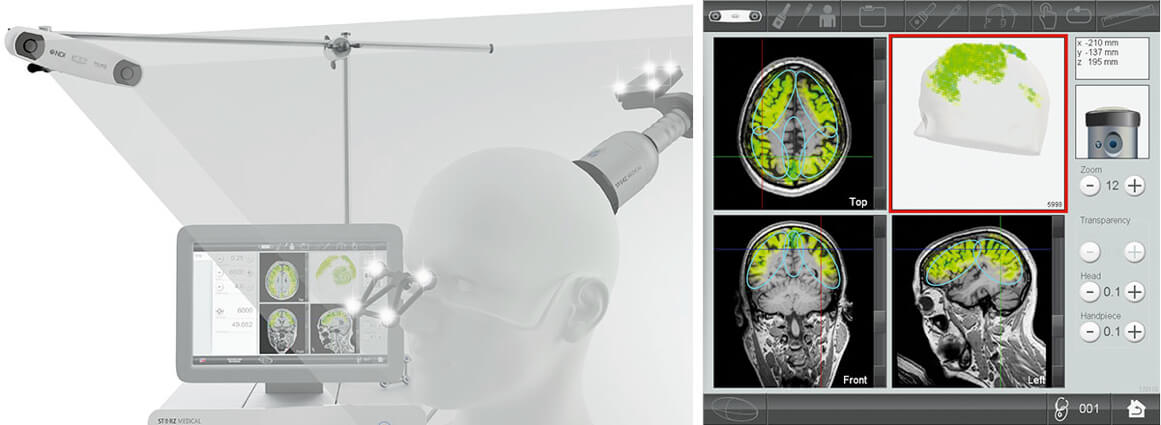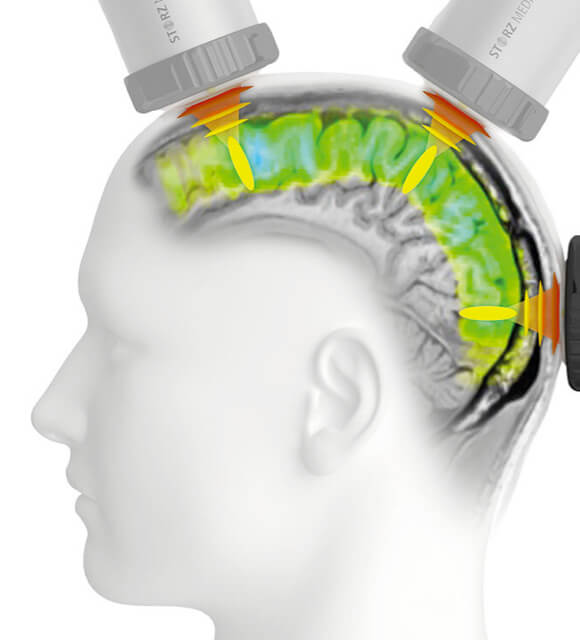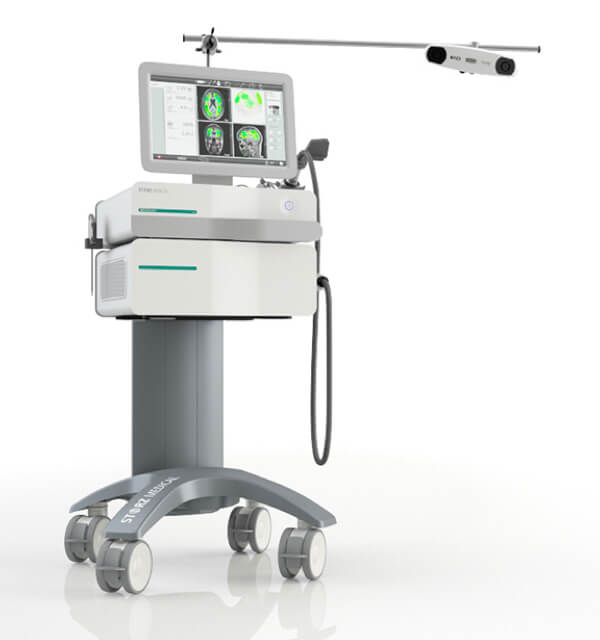How does Alzheimer’s work?
Alzheimer’s disease is a protein misfolding disease caused by the accumulation of abnormally folded amyloid beta protein into amyloid plaques, and tau protein into neurofibrillary tangles in the brain.
These amyloid beta plaques cause programmed neuronal cell death. As these neurons die, it causes disruptions in the supply of blood to regions of the brain, affecting levels of oxygen, glucose and nutrients. Studies have shown Cerebral Blood Flow (CBF) to be on average 20% lower in people with Alzheimer’s compared to those without a neurodegenerative disease.
Alzheimer’s also affects the distribution of different neurotrophic factors such as the brain-derived neurotrophic factor (BDNF). BDNF acts on certain neurons of the central and peripheral nervous system, supporting survival of existing neurons, and encouraging growth and differentiation of new neurons and synapses. BDNF is essential to normal brain function, and reduced levels can lead to reduced cognitive abilities and depression.
What is NeuroPulse™ TPS®?
TPS® is an Alzheimer’s intervention which involves passing short acoustic pulses with an ultrasound frequency range through the patient’s head to stimulate deep cerebral regions of the brain with millimeter accuracy.
TPS® induces mechanotransduction, which is when cells convert mechanical stimulus into biochemical signals, stimulating growth factors such as BDNF. This not only improves cerebral blood flow, but also promotes the formation of new blood vessels (angiogenesis) and nerve regeneration. In addition it causes the release of nitric oxide (NO)5, which leads to direct vasodilation and improved blood circulation.
To perform the procedure, we use a machine called a Neurolith™, created by Storz Medical, one of Europe’s leading medical machine manufacturers since 1987.
What are the biological effects of Transcranial Pulse Stimulation (TPS®)?
- Increase in cell permeability.
- Stimulation of mechanosensitive ion channels.
- Release of nitric oxide, which leads to vasodilation, increased metabolic activity and angiogenesis and has an anti-inflammatory effect.
- Stimulation of vascular growth factors.
- Stimulation of BDNF.
- Migration and differentiation of stem cells.

Is Transcranial Pulse Stimulation (TPS®) Safe?
TPS® is a very safe procedure, thanks to the short duration of the TPS® stimulation, heating of the tissue is prevented. TPS® is performed directly through the skull, non-invasively. The patient remains awake during the treatment in a comfortable seated position. More than 1800 TPS® sessions have been performed using the Neurolith™ system since it’s first use for Alzheimer’s in 2018.


What are the Advantages of Treatment with TPS®?
- Painless procedure
- Minimal side effects
- Non-invasive
- No medication needed
- No need to shave the hair
- Personalised treatments based on MRI data
- Remain in a comfortable seated position during treatment
- Treatment sessions over just two weeks.
If you have further questions about TPS®, or whether you or someone
.else may be eligible, contact one of our experts today for advice.
Get in Touch
